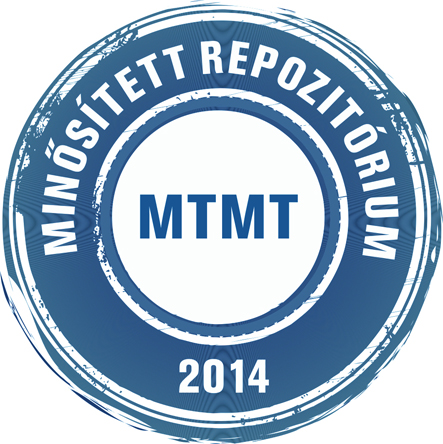Hee Sook Lee-Niinioja: "Yeongsanjae" as a religious and political ritual, exercised by Buddhist monks in Korea. In: Politics, feasts, festivals 4. pp. 159-170. (2014)
Előnézet |
Cikk, tanulmány, mű
vallasi_kulturakutatas_konyvei_004_159-170.pdf Letöltés (1MB) | Előnézet |
Absztrakt (kivonat)
“Yeongsanjae” is a form of Korean Buddhist culture in which philosophical and spiritual messages are expressed. Preserved chiefly by the Taego Order of Korean Buddhism, it is observed in temples throughout the country to assist all beings to enter the world of truth by worshipping the triple Gem (Buddha, Dharma and sangha). it also serves as a space for trans-fer of values and art forms and for meditation, training and enlightenment. However, there are hidden political voices among all participants, particularly monks who perform the ceremony due to their active interest in the nation’s historic wars, such as the Mongol and Japanese inva-sions in the 13th to 16th centuries. This paper underlines the significance of Yeongsanjae from the viewpoint of religious and political ritual in hopes of a Unified Korea.
| Mű típusa: | Könyv része |
|---|---|
| Rovatcím: | Politics and the transformation of rituals |
| Befoglaló folyóirat/kiadvány címe: | Politics, feasts, festivals |
| Dátum: | 2014 |
| Szám: | 4 |
| ISSN: | 2064-4825 |
| ISBN: | 978-963-306-254-8 |
| Oldalak: | pp. 159-170 |
| Sorozat neve: | A vallási kultúrakutatás könyvei |
| Nyelv: | angol |
| Konferencia neve: | International Society for Ethnology and Folklore : Working group on the ritual year : annual conference (9.) (2013) (Szeged) |
| Befoglaló mű URL: | http://acta.bibl.u-szeged.hu/67606/ |
| Kulcsszavak: | Állami ünnep - Korea, Buddhista ünnep - Korea |
| Megjegyzések: | Bibliogr.: 168. p. és a lábjegyzetekben ; ill. ; összefoglalás angol nyelven |
| Szakterület: | 05. Társadalomtudományok 05. Társadalomtudományok > 05.04. Szociológia 05. Társadalomtudományok > 05.06. Politikatudomány |
| Feltöltés dátuma: | 2020. máj. 20. 13:09 |
| Utolsó módosítás: | 2021. nov. 24. 11:08 |
| URI: | http://acta.bibl.u-szeged.hu/id/eprint/67097 |
 |
Tétel nézet |



